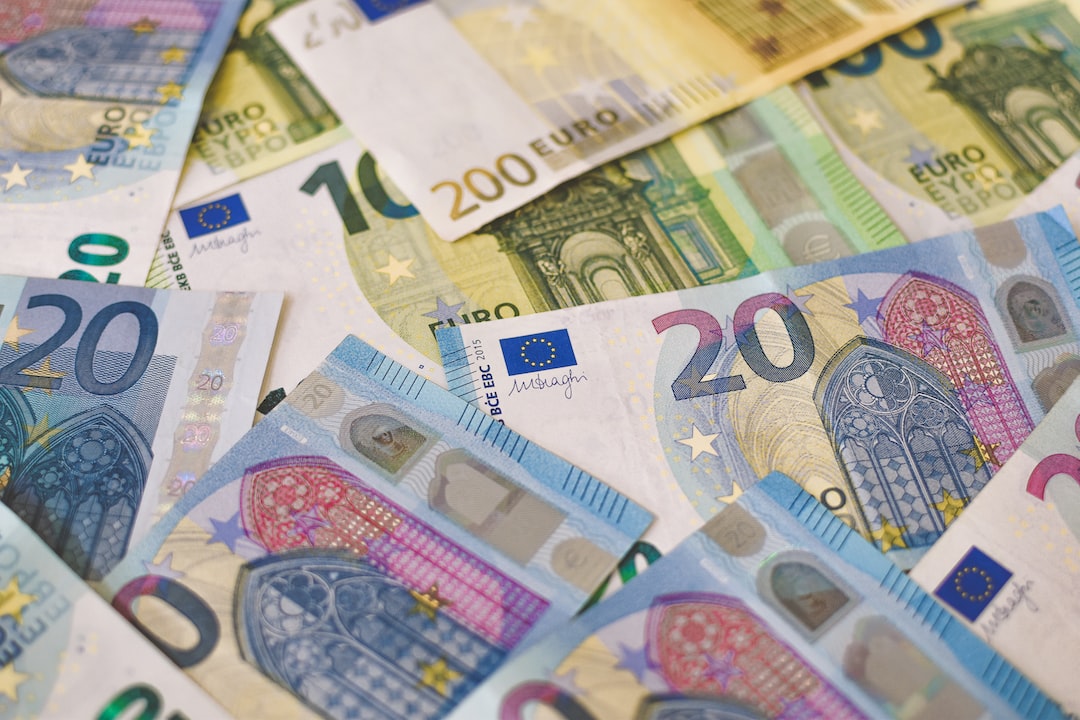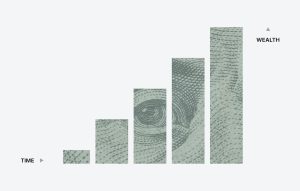In forex trading, P/L (profit/loss) is a critical concept that investors and traders must understand. P/L is the amount of money that a trader makes or loses on a trade. It is a fundamental metric used to measure the success of a trade and to determine the profitability of a trader’s overall trading strategy.
P/L is the difference between the entry price and the exit price of a trade. If a trader buys a currency pair at a certain price and sells it at a higher price, the P/L will be positive, indicating a profit. Conversely, if a trader buys a currency pair at a certain price and sells it at a lower price, the P/L will be negative, indicating a loss.
P/L is expressed in the base currency of the trading account. For example, if a trader is using a USD trading account and is trading the EUR/USD currency pair, the P/L will be expressed in USD. If the P/L is positive, it means the trader has made a profit in USD. If it is negative, it means the trader has incurred a loss in USD.
Calculating P/L
Calculating P/L is a simple process. It involves subtracting the entry price from the exit price and multiplying the result by the size of the position. The size of the position is the number of units of the base currency that the trader is buying or selling.
Let’s say a trader buys 10,000 units of the EUR/USD currency pair at 1.1000 and sells them at 1.1100. The P/L would be calculated as follows:
Exit price – Entry price = Profit/Loss
1.1100 – 1.1000 = 0.0100
P/L = (Exit price – Entry price) x Size of the position
P/L = 0.0100 x 10,000 = 100
In this example, the trader has made a profit of $100 in USD.
Managing P/L
Managing P/L is a critical aspect of forex trading. It involves setting stop-loss and take-profit orders to limit potential losses and lock in profits. Stop-loss orders are used to close a trade automatically if the price moves against the trader’s position, preventing further losses. Take-profit orders, on the other hand, are used to close a trade automatically if the price reaches a certain level, locking in profits.
Traders must also consider their risk-reward ratio when managing P/L. The risk-reward ratio is the ratio of the potential profit to the potential loss of a trade. A favorable risk-reward ratio means that the potential profit is greater than the potential loss, making the trade more attractive. Traders should aim for a risk-reward ratio of at least 1:2, meaning that the potential profit is twice the potential loss.
In conclusion, P/L is a critical concept in forex trading. It is the amount of money that a trader makes or loses on a trade and is expressed in the base currency of the trading account. Managing P/L involves setting stop-loss and take-profit orders and considering the risk-reward ratio. Traders must understand P/L and manage it effectively to succeed in forex trading.






